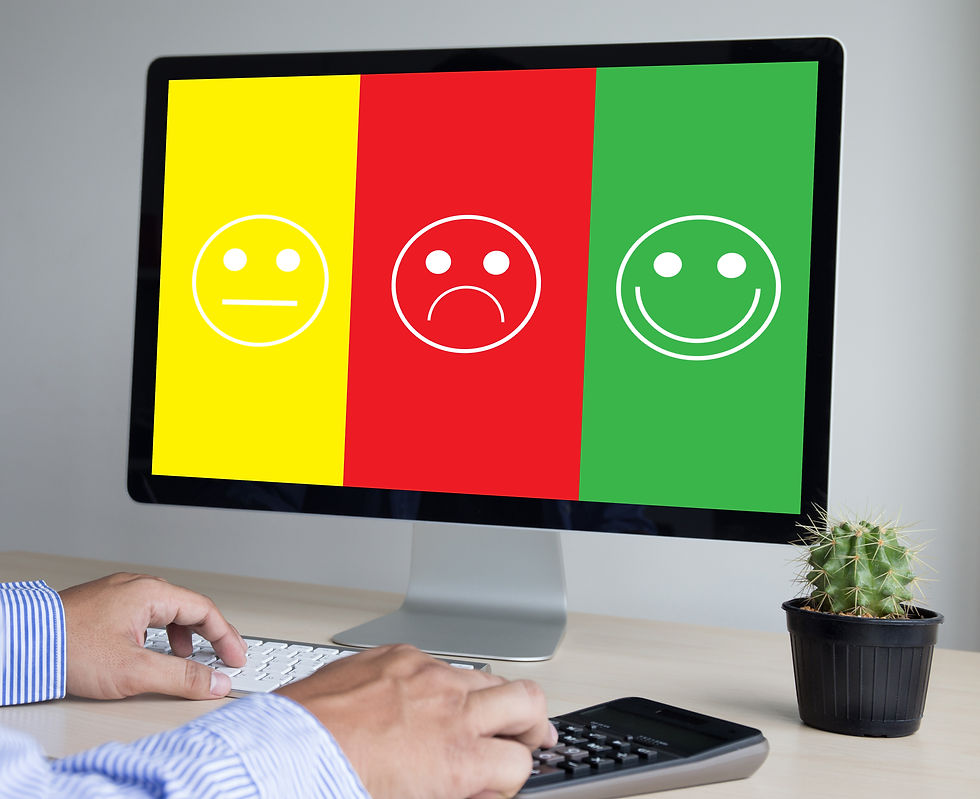Problems Are Our Friends
- Raimund Laqua

- Feb 4, 2019
- 2 min read

Back when I was in high school I had a teacher that would always say, "problems are our friend." At the time I didn't get it, probably because I didn't want to do the homework. However, looking back I realize that he was right. Working though the problems at the end of each chapter did help me to know if I really understood the material and was on track. Problems would become very good friends as I continued my engineering studies and throughout my career.
However, not everyone views problems as helpful and sometimes this attitude shows up when it comes to safety, quality, environmental, and regulatory objectives particularly with respect to compliance metrics and reporting.
It is all too common to hear that management does not like to see "red" in charts, or discuss "risks", or talk about problems in general. There may even be pressure to change the goals, change the units, or even change the colors so things "look" better when in reality the problems still remain. Although, you wouldn't know it when you looked at the metrics and therein lies the rub.
The purpose of using metrics is to highlight where the problems are so that they can be fixed and improvements can be made to achieve better results. For metrics to be useful we need to see problems as our friends that help us rather then as enemies to avoid.
This is what LEAN has helped us best to understand. LEAN teaches that if we cannot visualize problems we cannot see our way to improvement. One of the ways we can visualize problems is to make sure our metrics move beyond measures of compliance to include measures of performance, and effectiveness. This will help us to see whether problems are connected to conformance, capability, or progress in achieving goals and outcomes.
If our metrics are always showing green it might be because we have decided to hide our problems instead of allowing the "red" to show through. It's time to view the red not as a problem that we want to avoid but rather as friend to let us know when we are on track or not.


